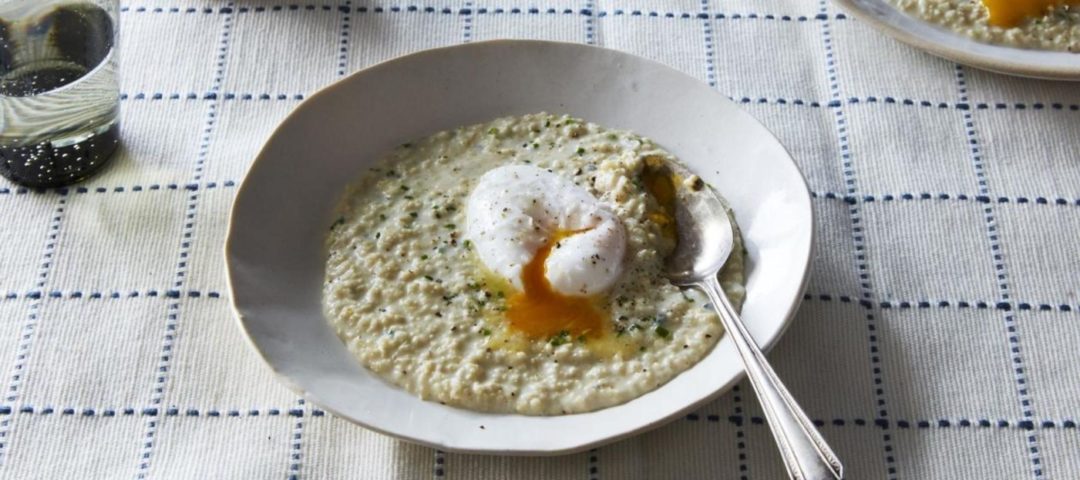Read full article by Sam Sontag@ Food52 Photo Credit: James Ransom/Courtesy Food52
In the new millenium, grain trends move about as fast as fashion. From 2006 to 2013, as we were shimmying out of our skinny jean fetish and into our bland beige normcore phase, we were consuming quinoa at such an outrageous rate that crop prices tripled, making the Andean staple almost unaffordable in its native region.
Maturing into dadcore in 2017, we got obsessed with what we call “ancient grains,” and added amaranth and Kamut to the list of old-timers that were suddenly hot. Next, 2019 was undeniably the year of the jumpsuit, and also the year of the farro bowl. Now here we are in 2020, buffeted by an unending string of catastrophes, looking for something starchy to hold on to. This, friends, is where millet comes in.
Millet, like many recently trendy grains, has history — it’s been consumed for around 7,000 years. But like quinoa or buckwheat, it’s not technically a grain at all, but rather the seeds of a family of hearty grasses. It’s an important staple in cultures throughout Afro-Eurasia, with a place in cuisines ranging from Namibia to Germany to North Korea.
And for those trend-chasers among us currently whiplashed by the competing fads of gluten-free dieting and sourdough bread baking, take comfort in the knowledge that millet has a place in both camps. The seeds are gluten-free, but they can add some satisfying crunch as mix-ins for your crusty loaves.
Which millet?
There are several kinds of millet in cultivation around the world, each with its own characteristics. There’s deep red finger millet, popcorn yellow foxtail millet, pale barnyard millet, to name a few. In the U.S., if you see a package simply labeled millet, it’s probably proso millet, a medium sized variety with a mild taste. In most of the recipes below, feel free to use whatever millet you have on hand.
How to cook with millet
One of the shortfalls of the fast fashioning of heritage grains is the paradoxical attitude that everything that’s old enough is cool, and everything that’s cool enough is new. Teff? That’s old. Must be cool. The reality is that most of these old grains have time-honored places in highly developed cuisines, and that those of us who are just now learning about them had best take note.
Teff, for example, is the basis of Ethiopian/Eritrean injera, a spongy, fermented bread that really is the best way I can imagine to use teff. Now I’m not an extremist here. I’d never argue with Alice Medrich, who whips up all sorts of delicious baked goods with teff, corn, sorghum, and other heritage grains. But when approaching millet, we’re going to look at it in context — in traditional dishes from the cuisines that know it best.
Millet porridges
Porridge is a major plank in my crisis management platform, and millet porridge is particularly soothing and satisfying. It also has representation across the globe, with notable examples in Chinese, West African, and Austrian cuisines.

